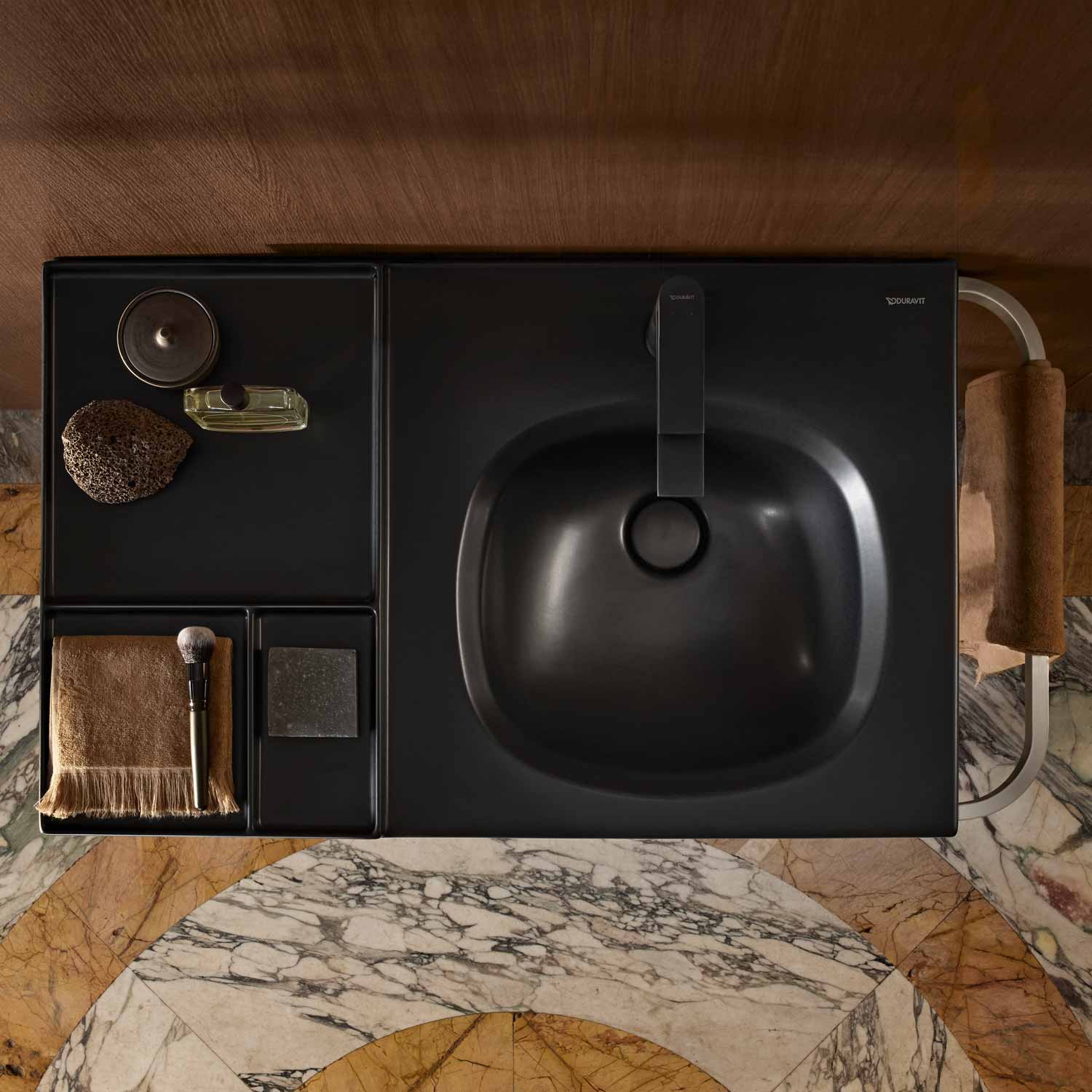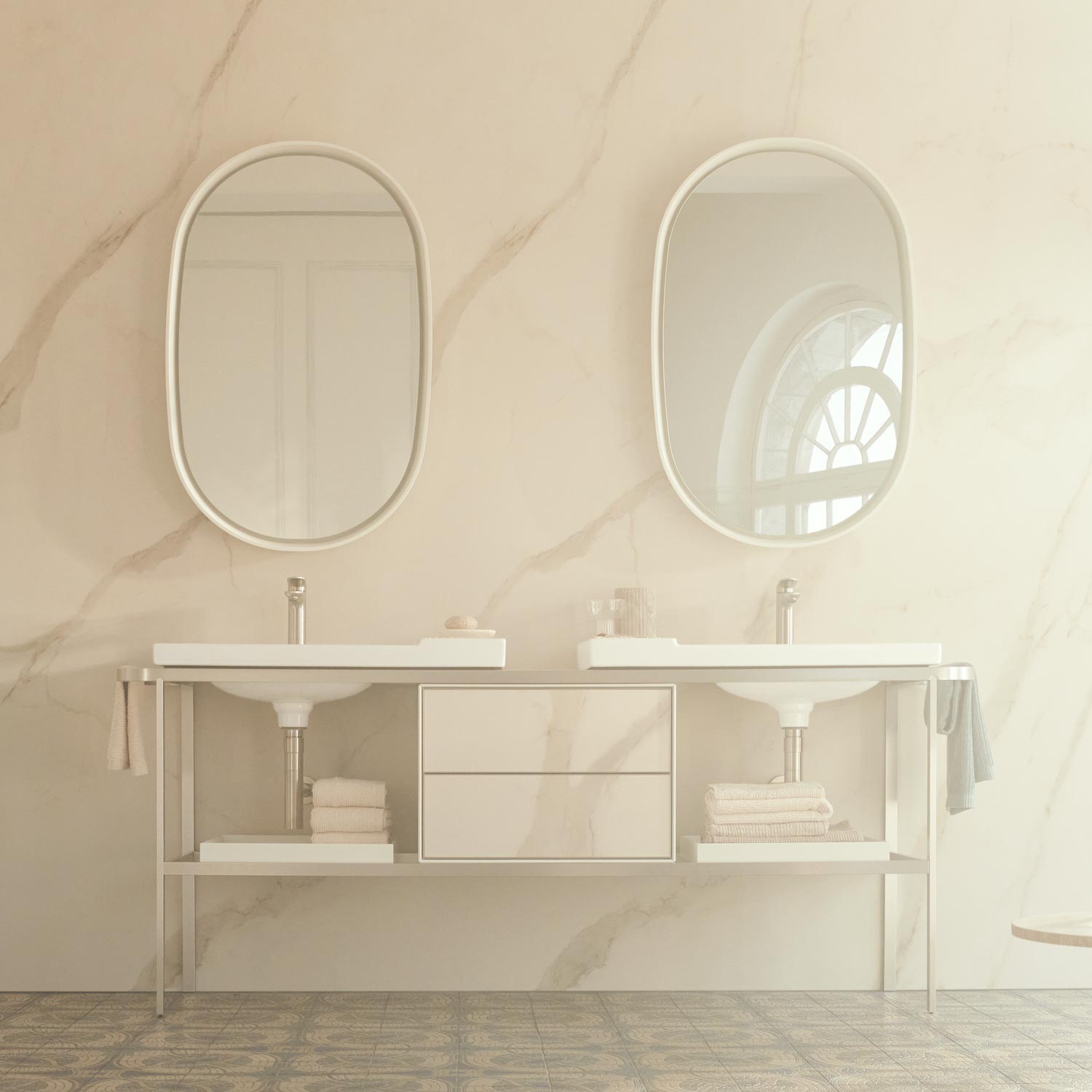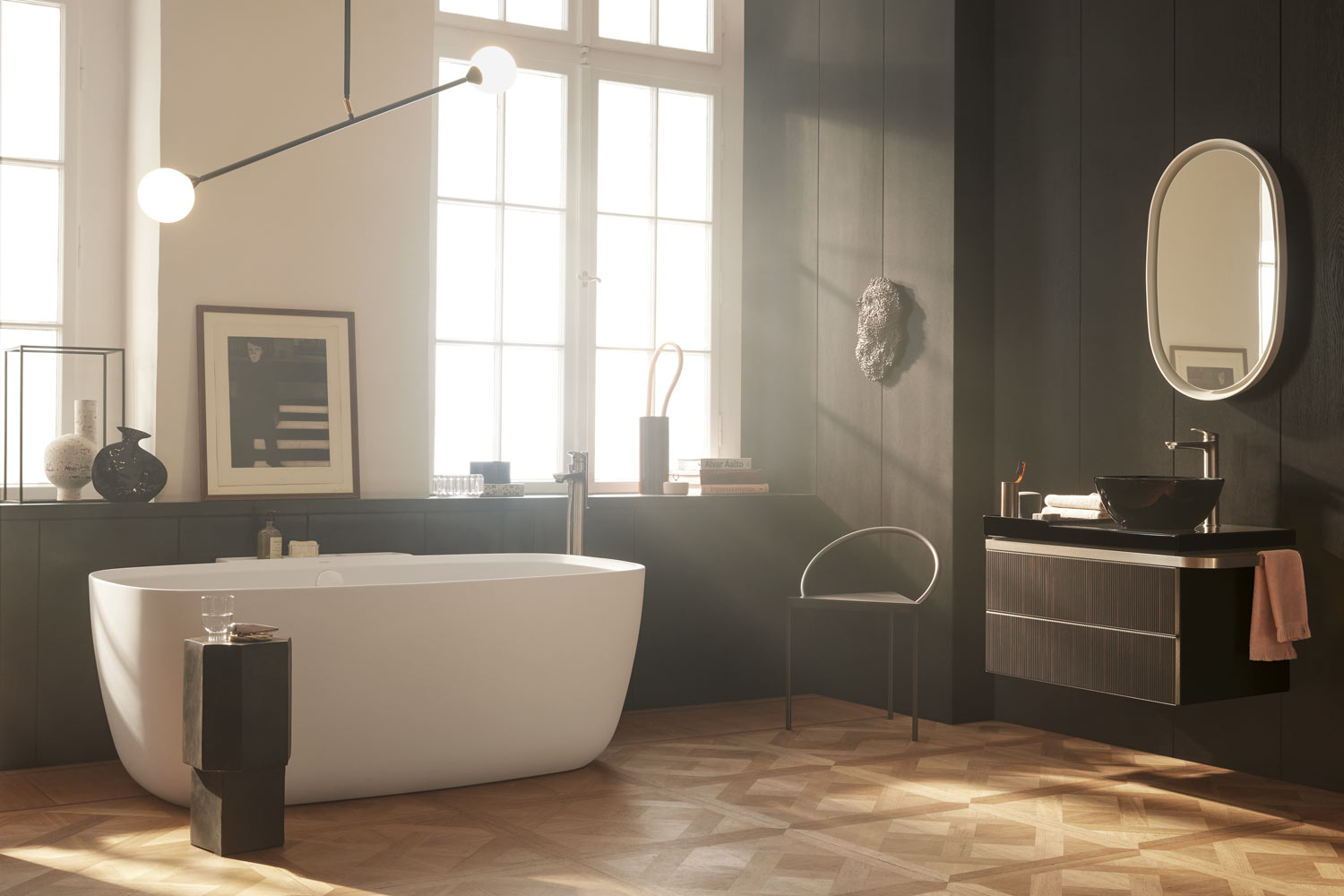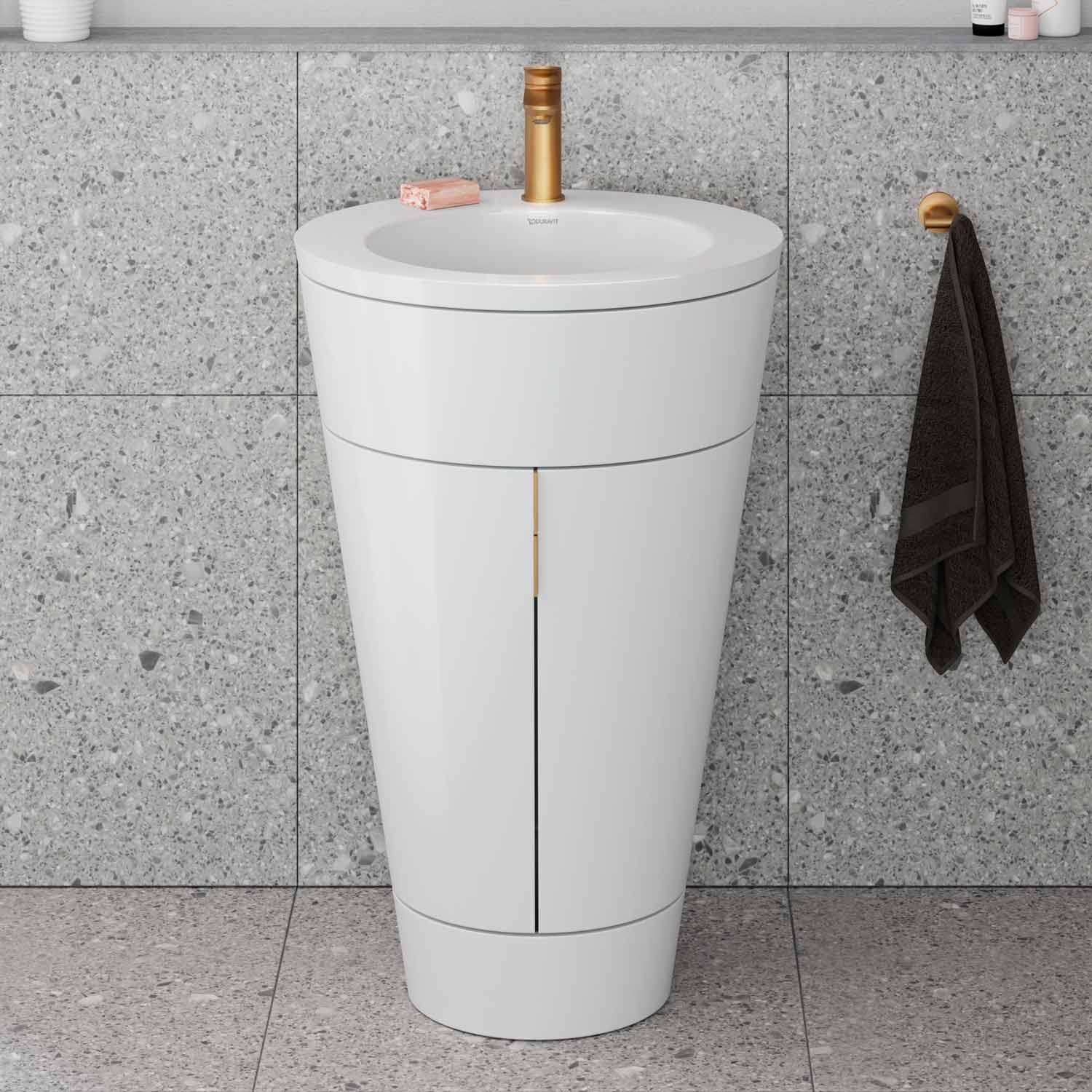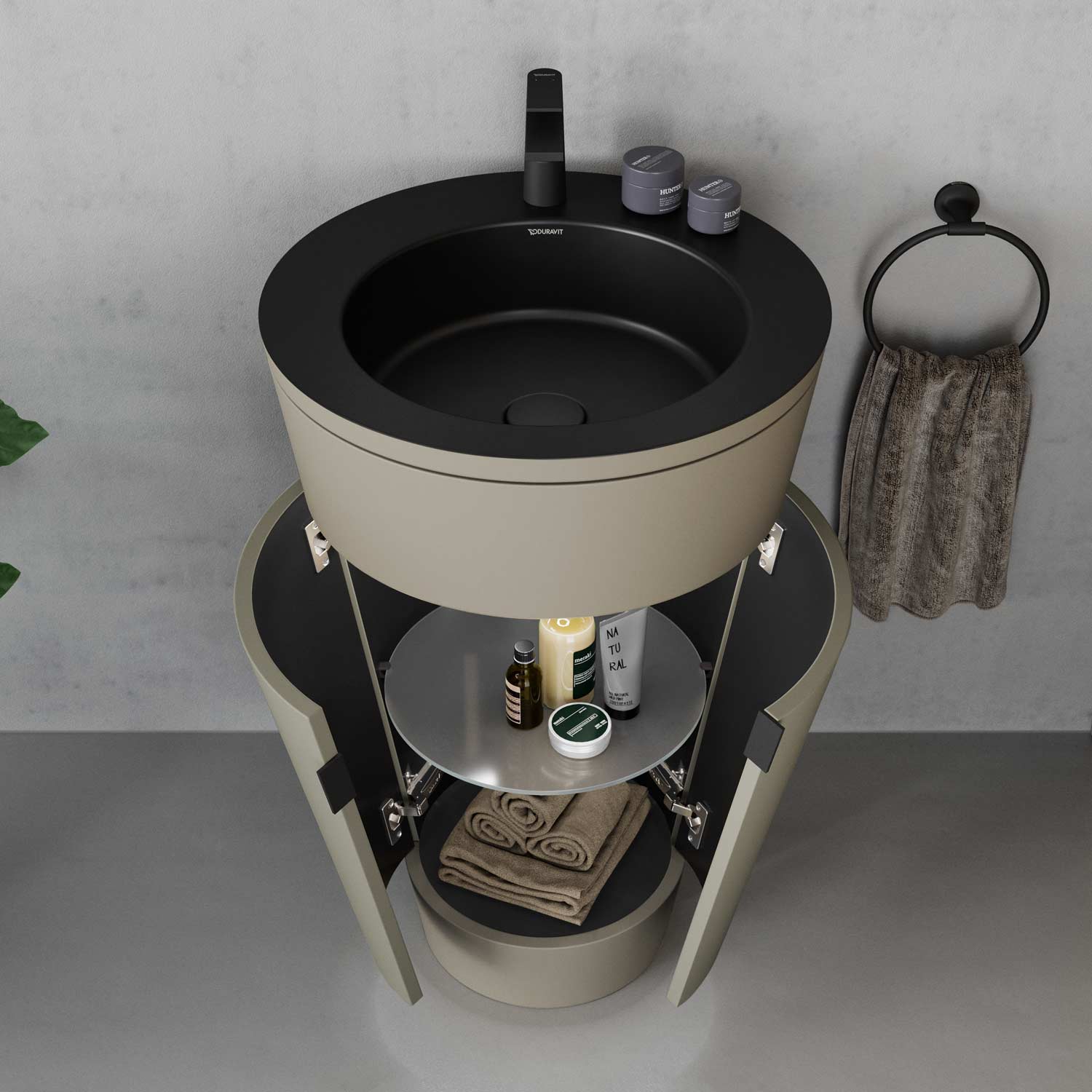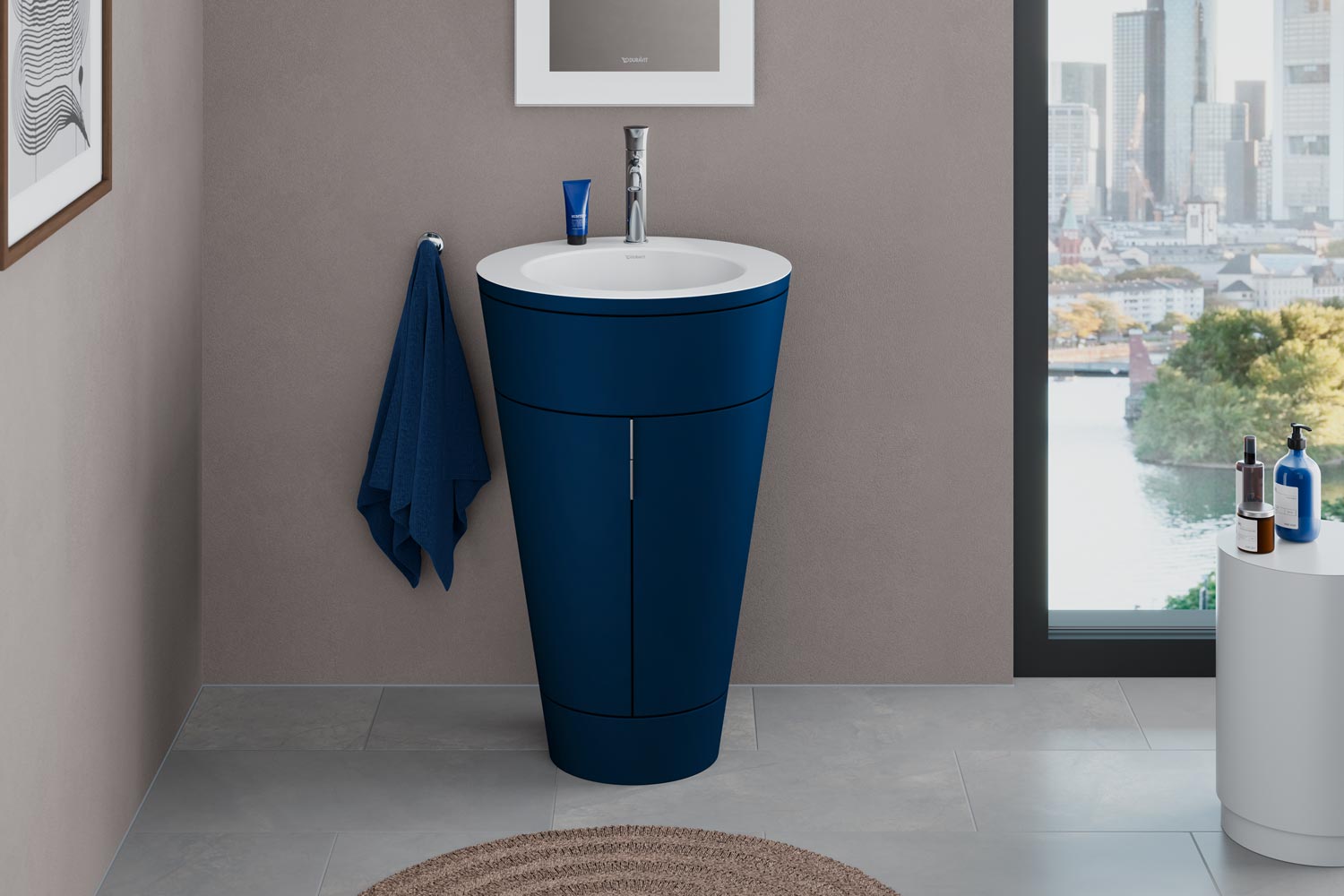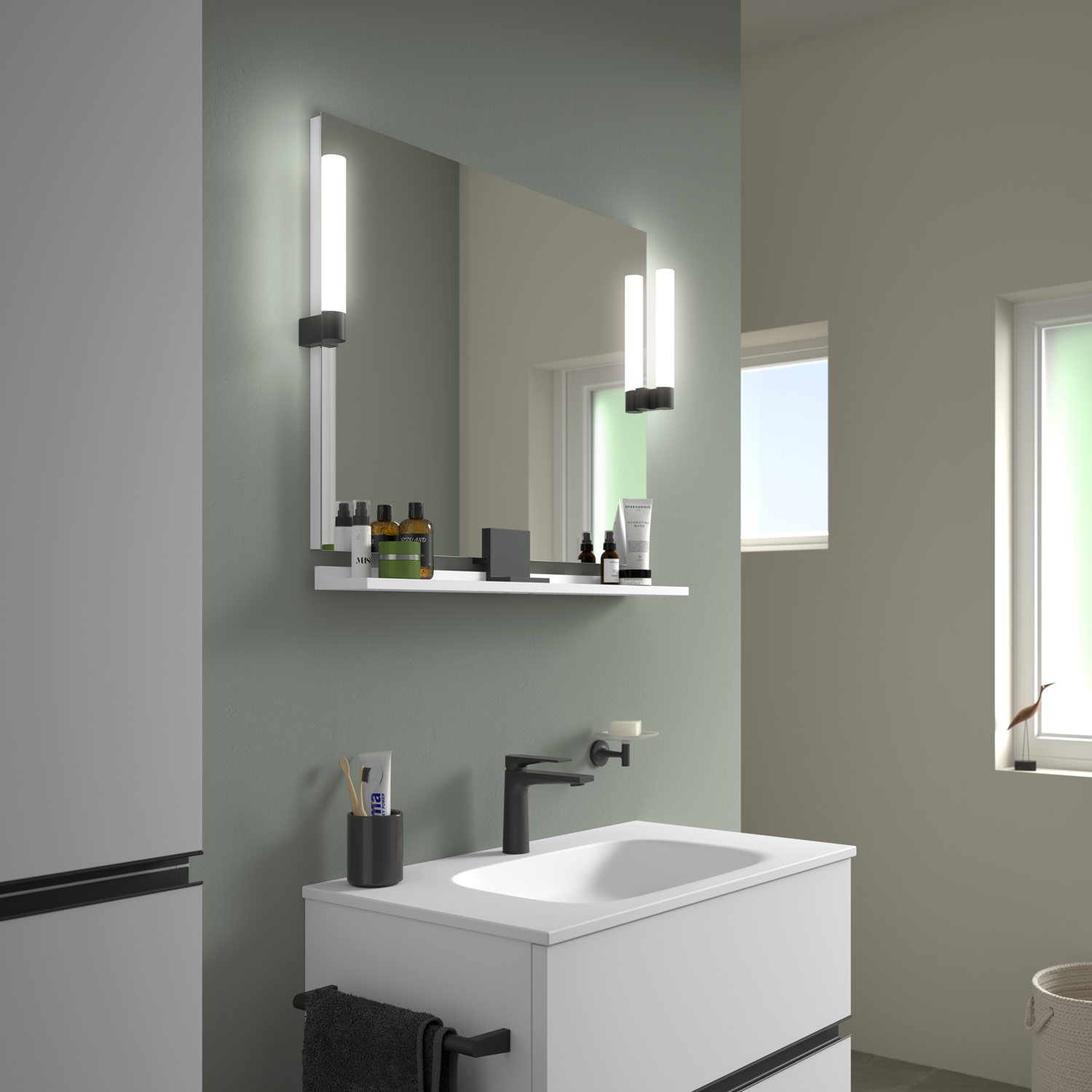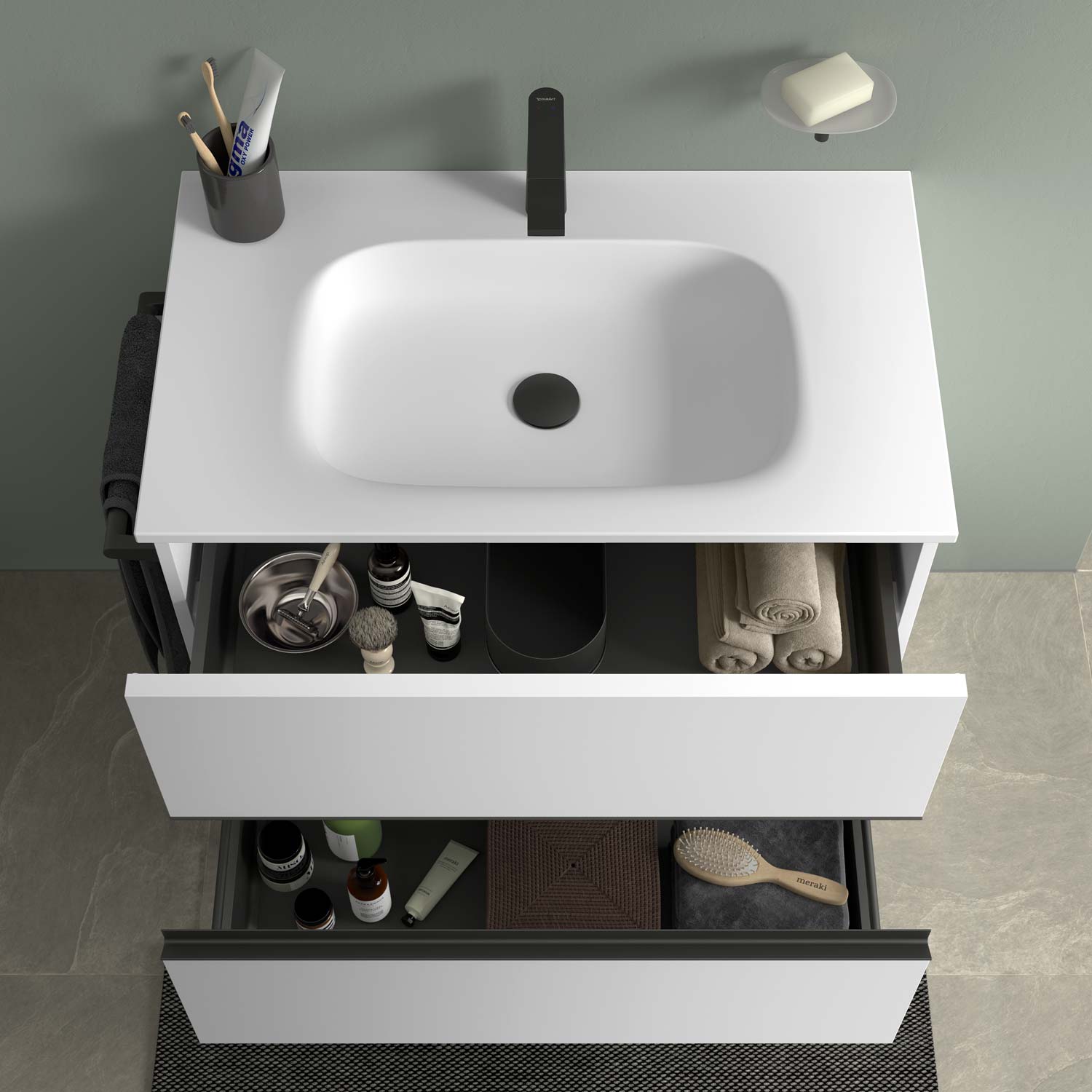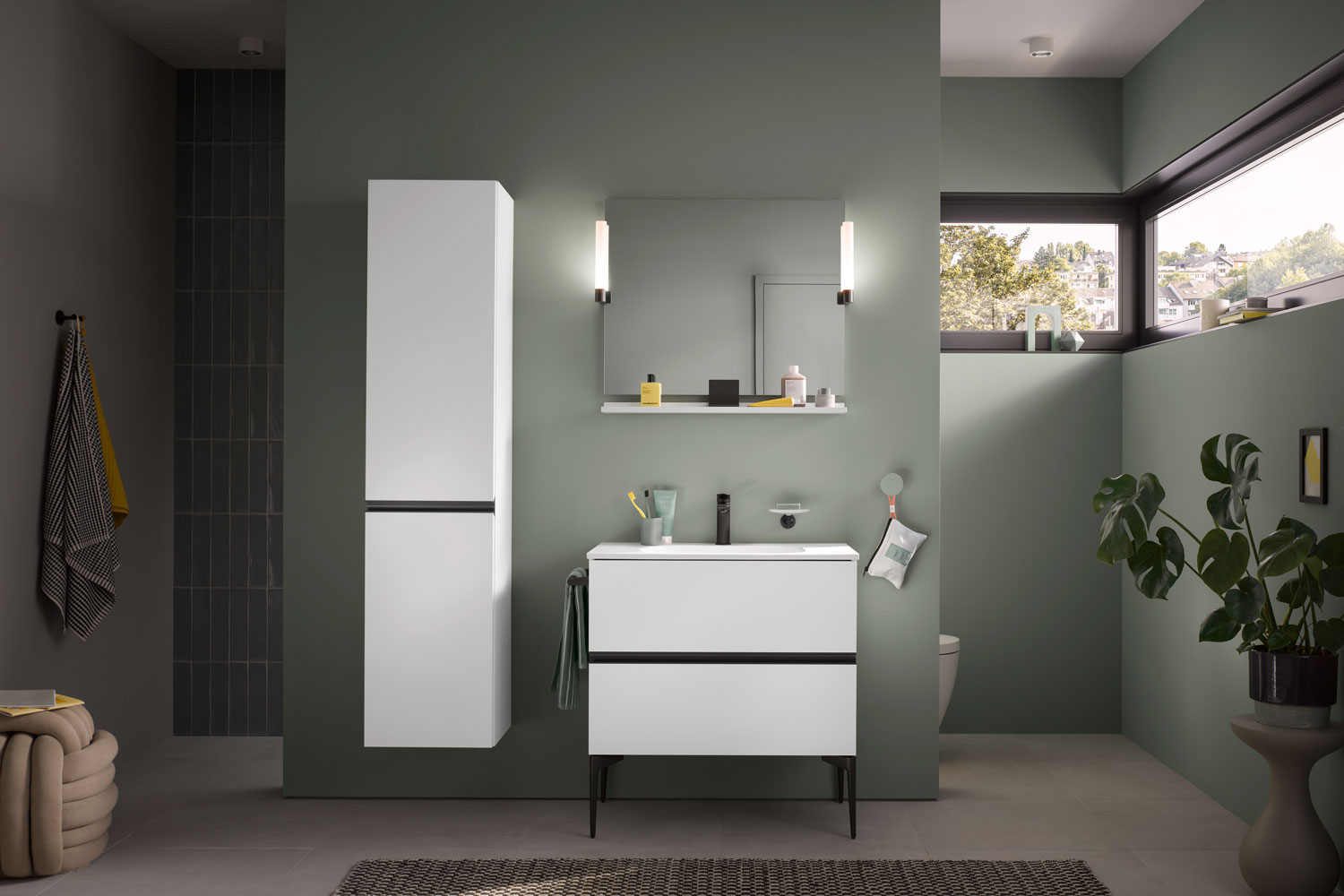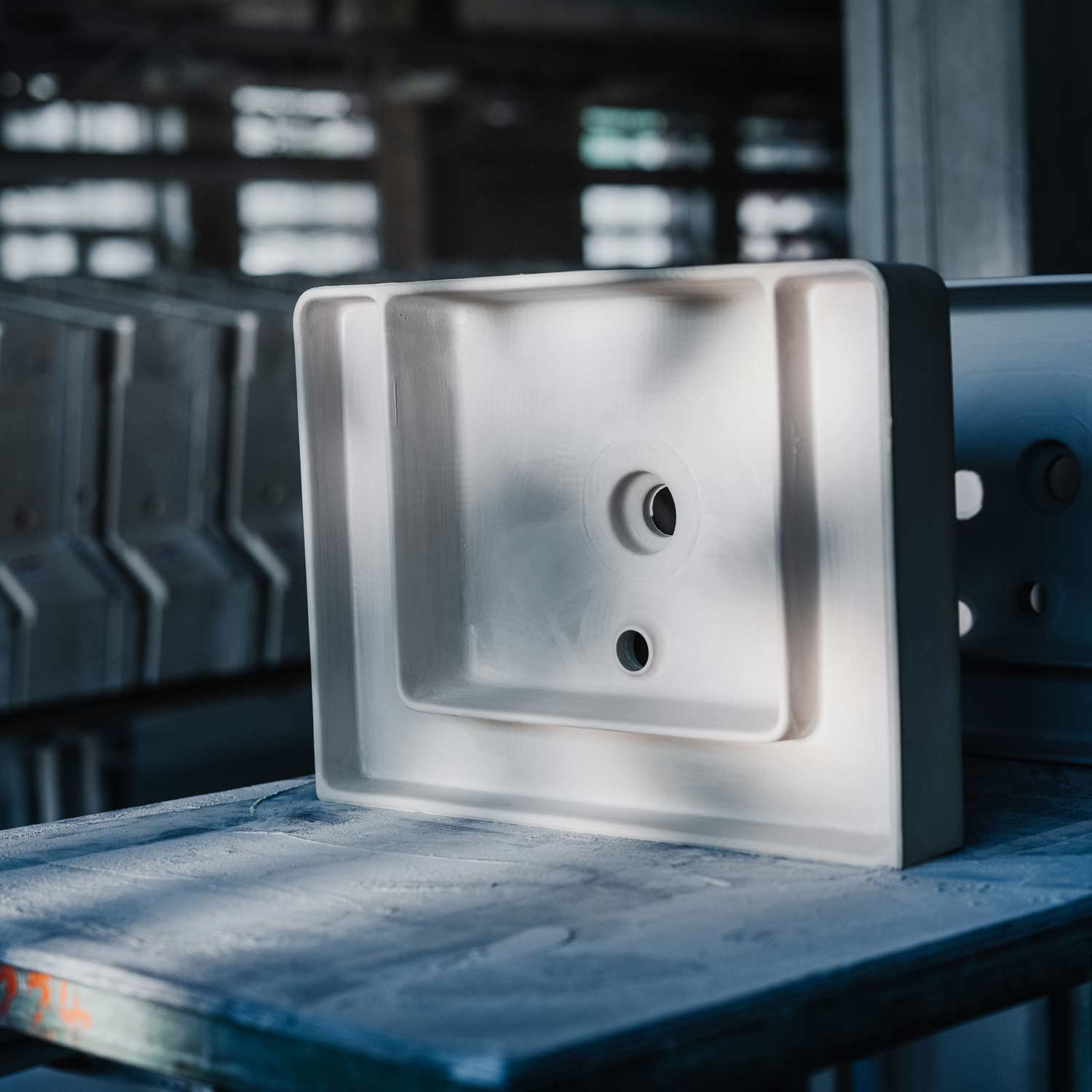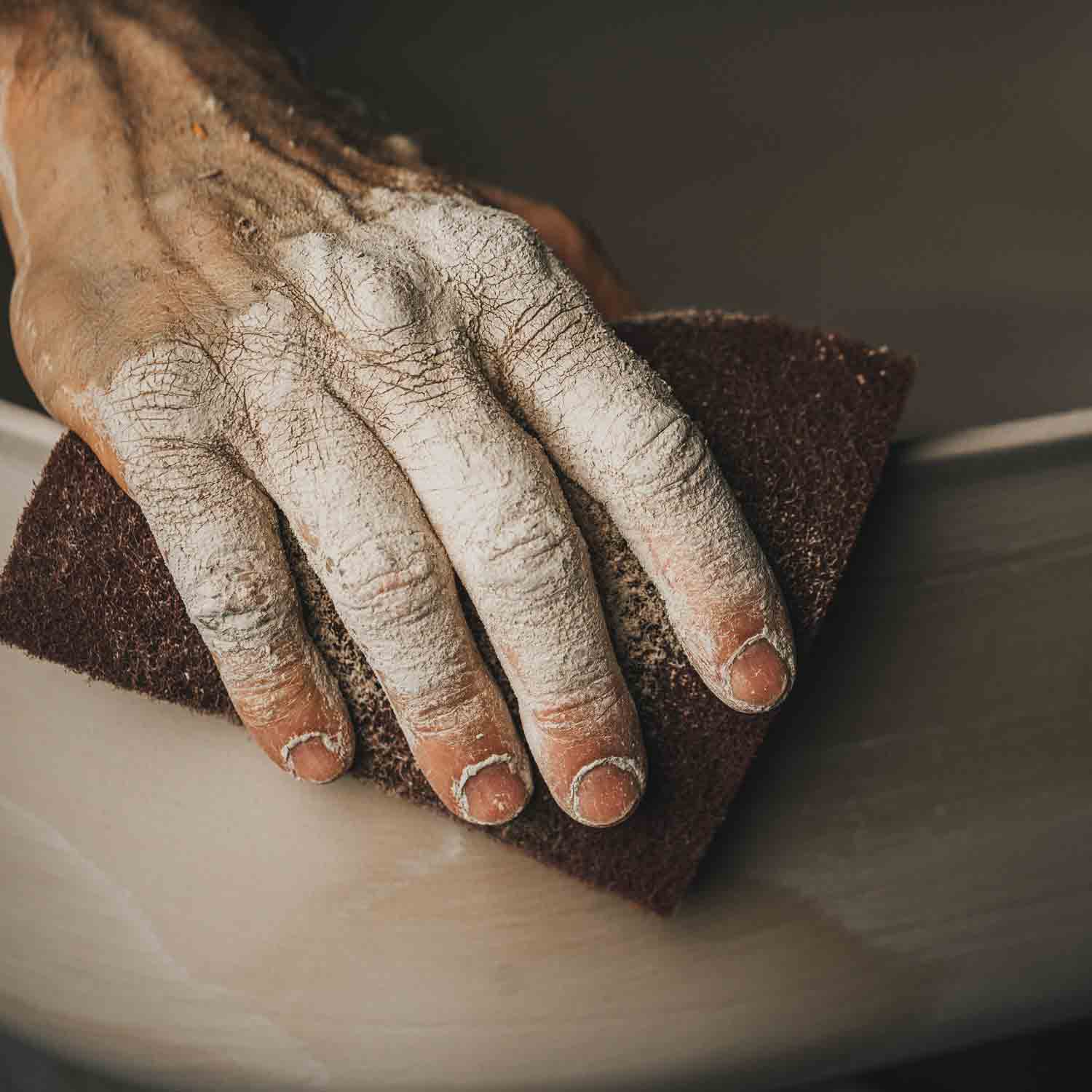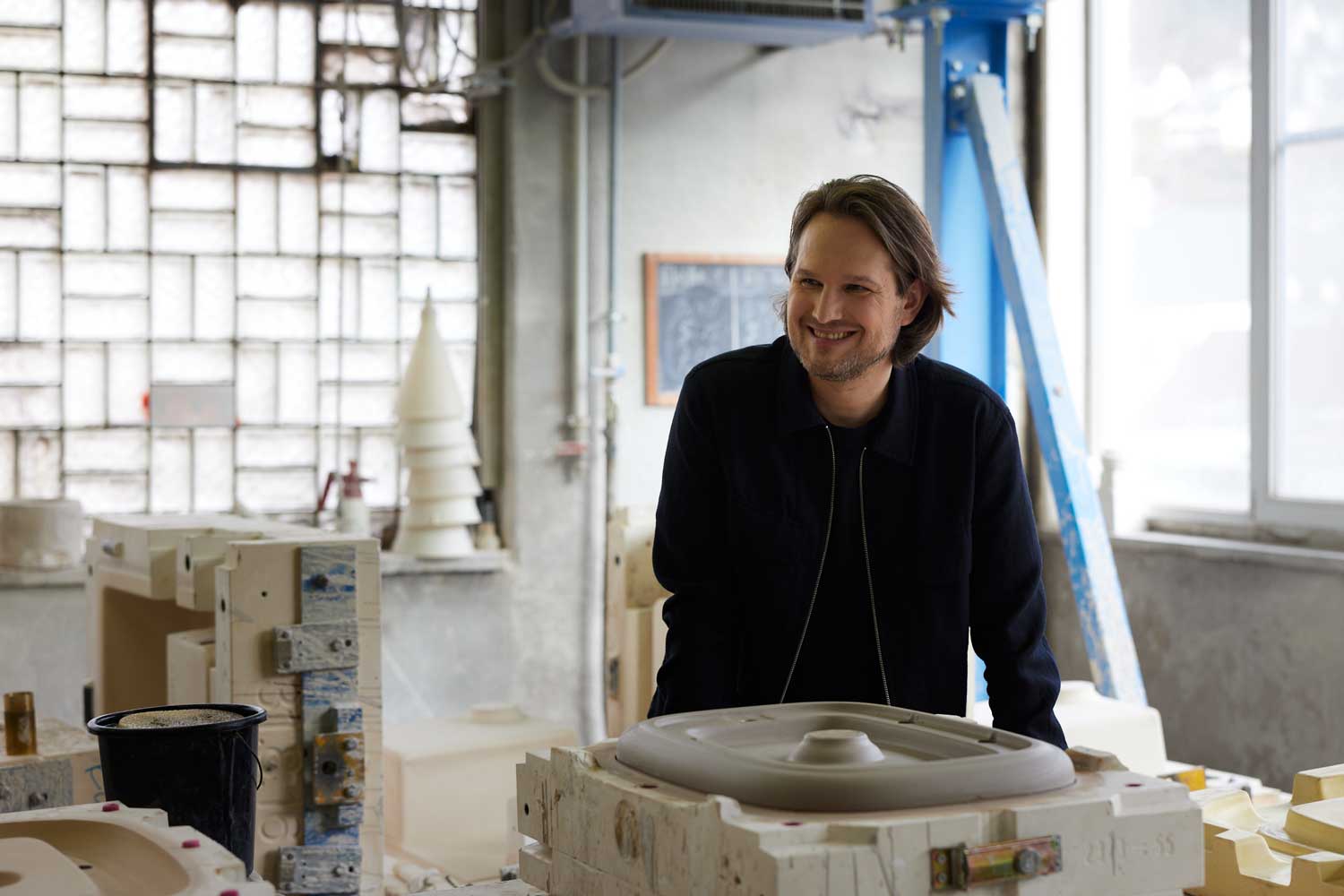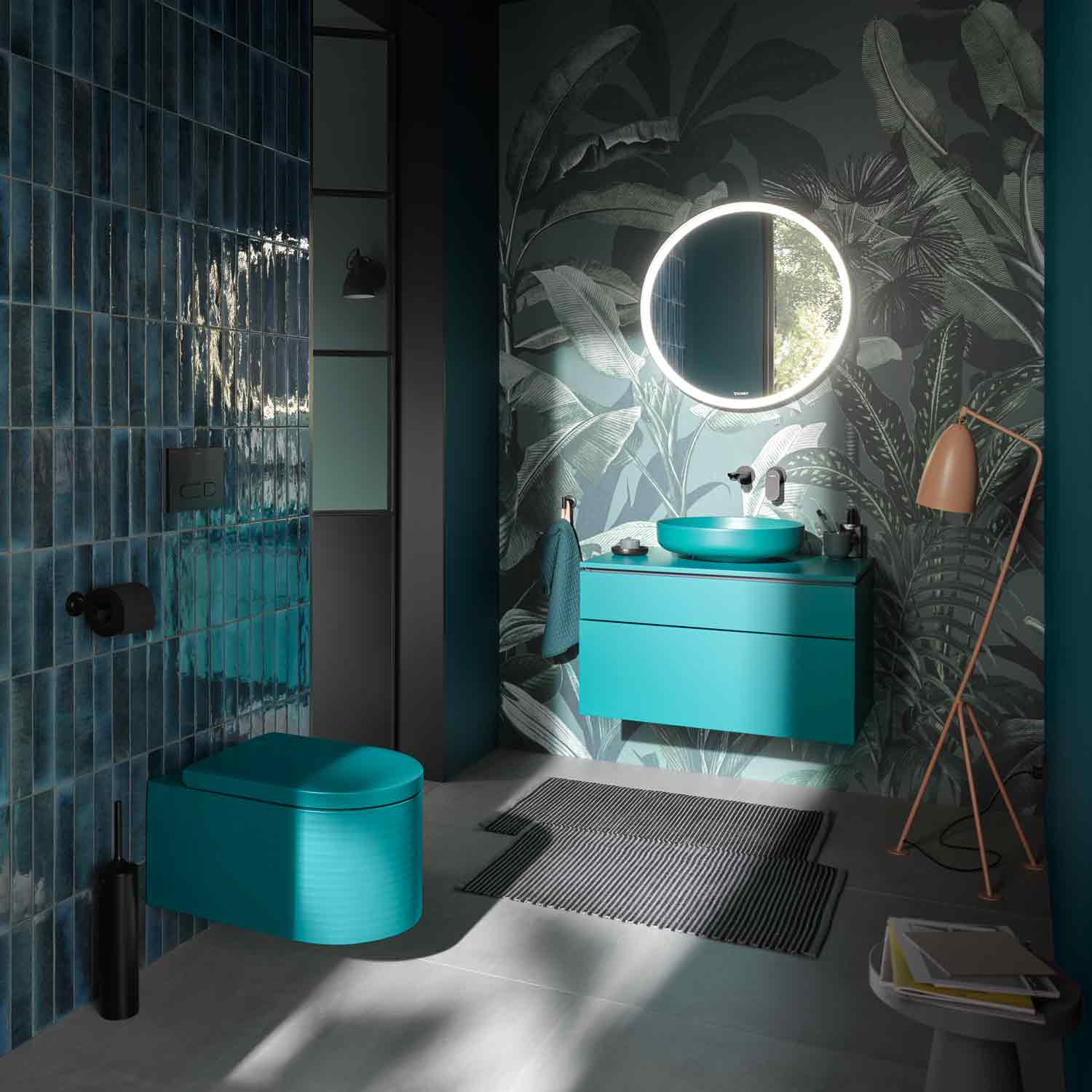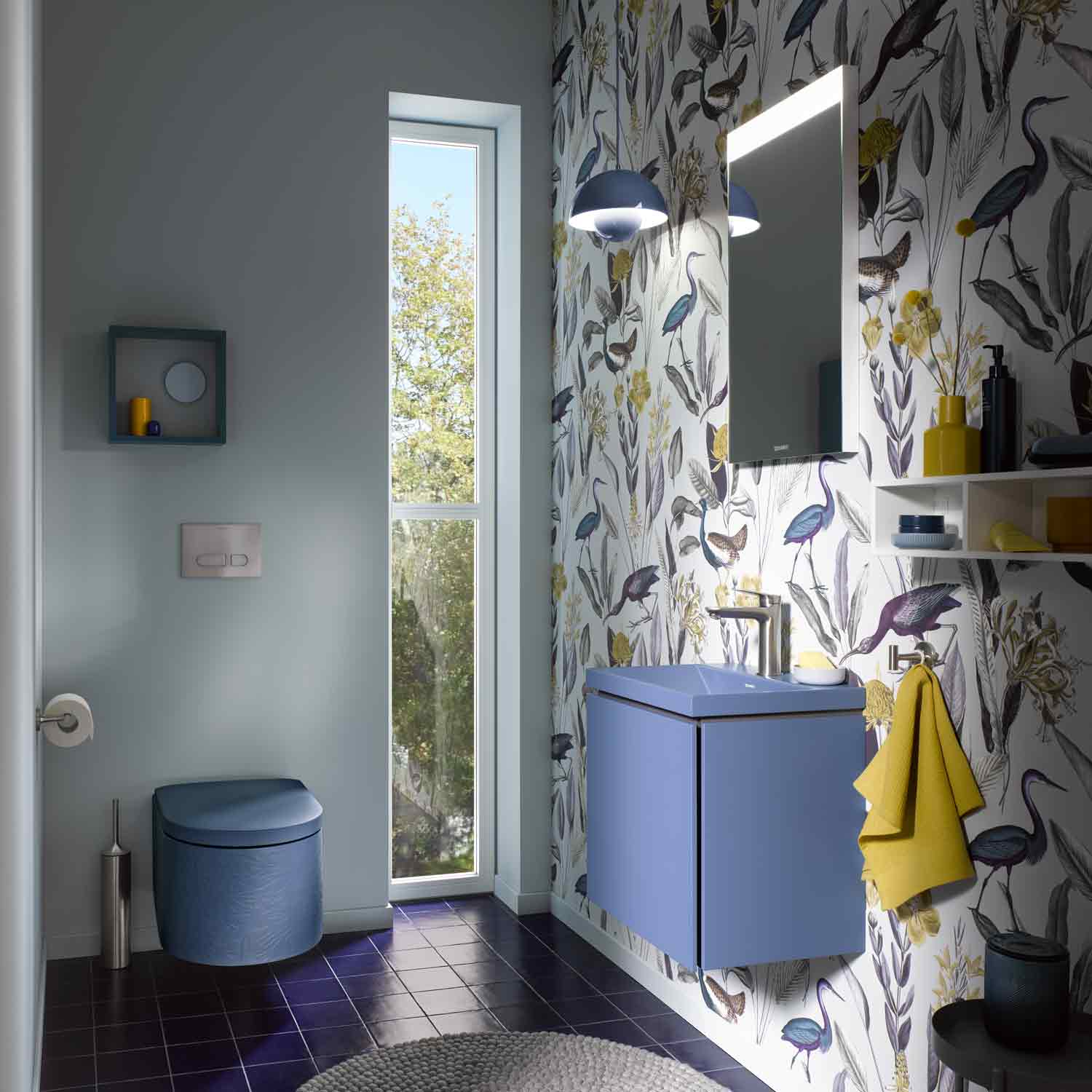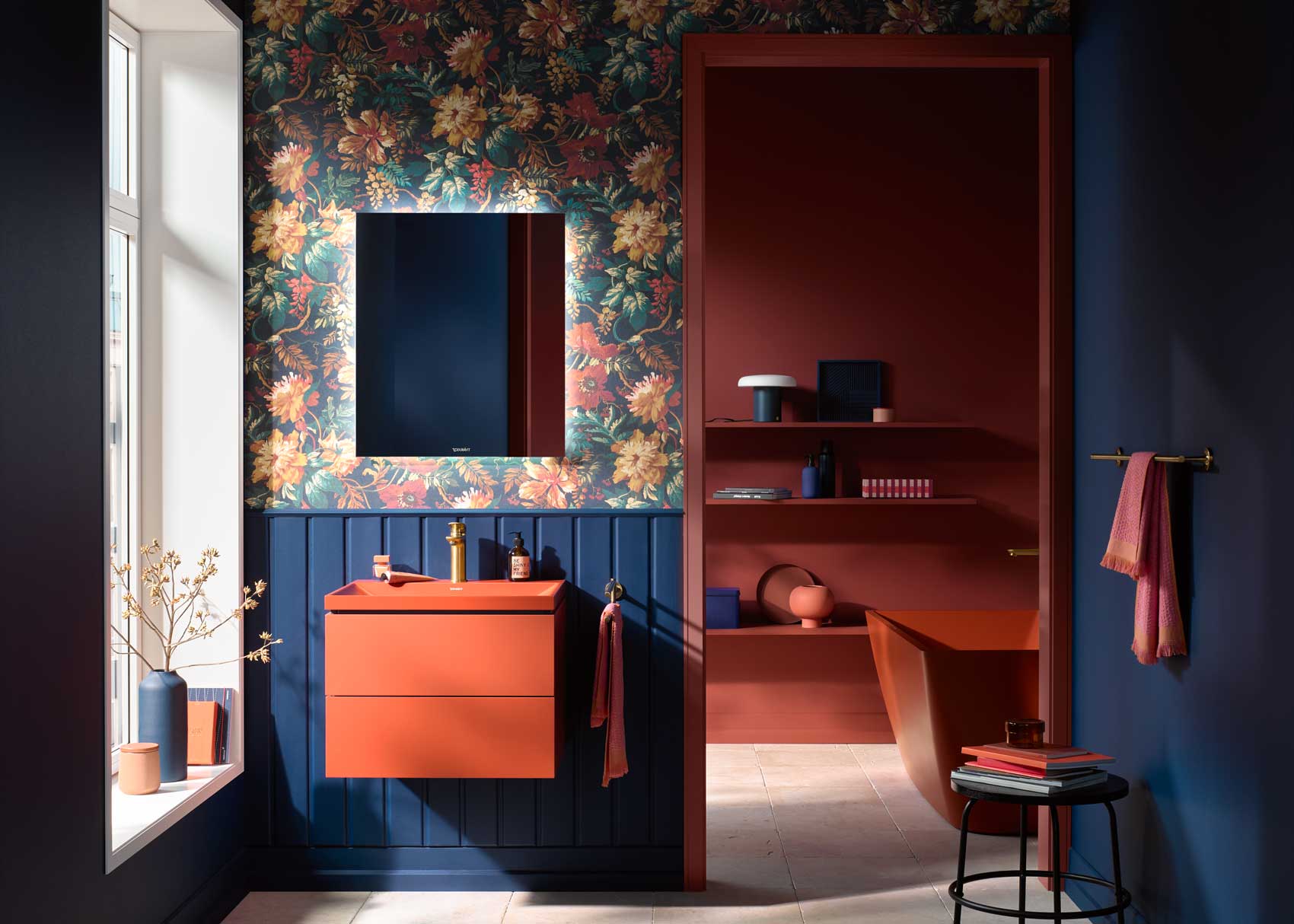24. August 2023
Maximize the feel-good factor with a carefully planned concept
Six steps to your dream bathroom: with comfort, vision, and exclusive expert tips
• With expert tips from Ulrike Fantoli-Senn, interior-design consultant at WeberHaus
• Detailed planning for a durable and timeless bathroom
The journey from the initial idea through to the actual realization of the home bathroom needs to be carefully planned. When it comes to bathroom planning, there's often little separating joy and disillusionment – as Ulrike Fantoli-Senn from the prefabricated home manufacturer WeberHaus is all too aware. However, she also knows that a detailed and careful planning phase creates the foundation for a sustainable bathroom design – in the sense of being long-lasting. Step-by-step instructions with practical expert tips ensure that your dream bathroom comes true at the end of the bathroom-planning marathon.
1. Expectation and inspiration
So you’ve decided that you want (or need) a new bathroom. To be able to enjoy your new bathroom for a long time to come, the first recommended step is perform an objective analysis of your own usage habits and expectations: what does my bathroom absolutely need to have? What annoys me about my current bathroom? Are any more substantial changes planned for the near future? At this point it’s definitely worth considering whether a bathroom designed with children or older people is called for.
This is also the right moment to start gathering inspiration. Whether offline at bathroom exhibitions and print magazines or online on social networks such as Instagram and Pinterest – this is where you’ll find practical bathroom solutions as well as unusual eyecatchers. But be careful! “Many ideas and wishes cannot be put into practice due to structural conditions, safety regulations, or prevailing standards,” says interior-design expert Ulrike Fantoli-Senn by way of warning. For that reason, her advice is, “Keep an open mind and trust your specialist above everything. They’ve already planned and installed countless bathrooms and solved all kinds of problems.”
2. Conceptual design and sketching
Once your own expectations are clearly defined and you’ve found your inspiration, it’s time to start planning. This stage is about working with consultants from a specialist wholesaler or tradesmen to turn ideas into reality. This will be based on a scale drawing with windows, doors, radiators as well as water and electricity connections. Like kitchen planning, planning freedom in the bathroom tends to be limited by infeed and drainage pipes.
“Disillusionment often sets in at this point because the pipes mean that not all wishes can be put into practice,” explains Ulrike Fantoli-Senn. “For me it’s really important to support the clients with useful tips for bathroom planning. During this phase we also discuss for example the extent to which they want an accessible bathroom or how we can design a bathroom fit for all generations.”
3. Herculean task: product selection
As soon as the design has been finalized and various expectations and wishes for the bathroom have been formulated, the key question arises: which products to select? “Product selection is without a doubt the most complex step when it comes to bathroom planning, but also the most exciting one,” said Ulrike Fantoli-Senn. “While the toilet is usually selected fairly quickly, deciding on the washbasin combination is considerably more difficult – simply because of the huge selection and the almost endless combination options.”
As a complete bathroom supplier, Duravit simplifies this process: the company’s broad product portfolio covers not only sanitary ceramics such as toilets and washbasins, but also the complementary bathroom furniture, faucets, and accessories. Wellness products such as the popular SensoWash® shower-toilets or bathtubs and shower trays complete the selection for a harmonious bathroom design. These are available both in the affordable entry-level segment and the premium segment - the exclusive Artisan Lines. “After all, the most important sticking point – alongside the structural circumstances – is often the budget,” says the expert.
4. Technical review and detailed planning (measuring)
In the next stage, exact measurements need to be taken to establish which products are ultimately selected and straighten out the technical details. After all, the more detailed the plans, the more seamless the installation or conversion will be further down the line.
5. Quotation and order placement
Once all open issues have been dealt with, the expert adds the costs together to produce a quotation. During this phase the expert is the point of contact for all questions relating to technical issues, planning, products, and quotations. If you decide to accept the expert’s quotation in full, they will also coordinate other tradesmen such as painters and electricians. If you coordinate other trades yourself, the expert can remove them from the quotation. As soon as you are satisfied with the quotation, place the order and your dream bathroom is about to come true.
6. Implementation: expert installation
Finally it’s complete: the tiles have been laid, the painting work finished, and the new sanitary products supplied. However, even the most beautiful product and the most careful plans will disappoint if the technical work or craftsmanship is performed unprofessionally. Your sanitary, heating, and air conditioning installer will perform all work professionally, giving you the peace of mind that you are getting the best value for your money. After final cleaning and handover by the sanitary professional, you can relax, lean back, and enjoy your new bathroom.
Infobox: Key tips from WeberHaus interior-design consultant Ulrike Fantoli-Senn:
1. Be honest with yourself: Do you really need the bathtub or do you prefer to shower? Honesty is essential during the requirements analysis.
2. In the beginning is the idea: Stay flexible at this stage. Often the most beautiful bathroom ideas fail due to structural circumstances or prevailing standards. Keeping an open mind means new ideas can be developed from what seemed to be obstacles.
3. Always decisive: the floor plan. At the start of any bathroom-planning project, we look at the floor plan because this defines the entire plan. For that reason, stay realistic at this stage, despite all the design leeway. The floor plan cannot be fundamentally changed.
4. Trust your expert consultant: You don’t build or renovate a bathroom every day – but the experts do. Trust their wealth of experience and take advantage of it.
5. Think about tomorrow today: A bathroom that meets your individual requirements today and in future will support you in a wide range of life circumstances. For instance, installing a bathroom suitable for different generations – or even an accessible bathroom design – today ensures that you can live independently and autonomously in old age. So: don’t close your eyes, but act with foresight and think ahead.
6. Trends with staying power: Not every trend is worth following, especially in the bathroom, which is built to have a useful life of around 20 years. At the same time, the floor-flush shower, black faucets, and integrated shower niches have established themselves as a trend and are a firm feature of bathroom planning.
7. Always current: For me personally, a timeless and classic design is the central factor – and I make sure to instill this idea into everyone involved in the construction and renovation project.






